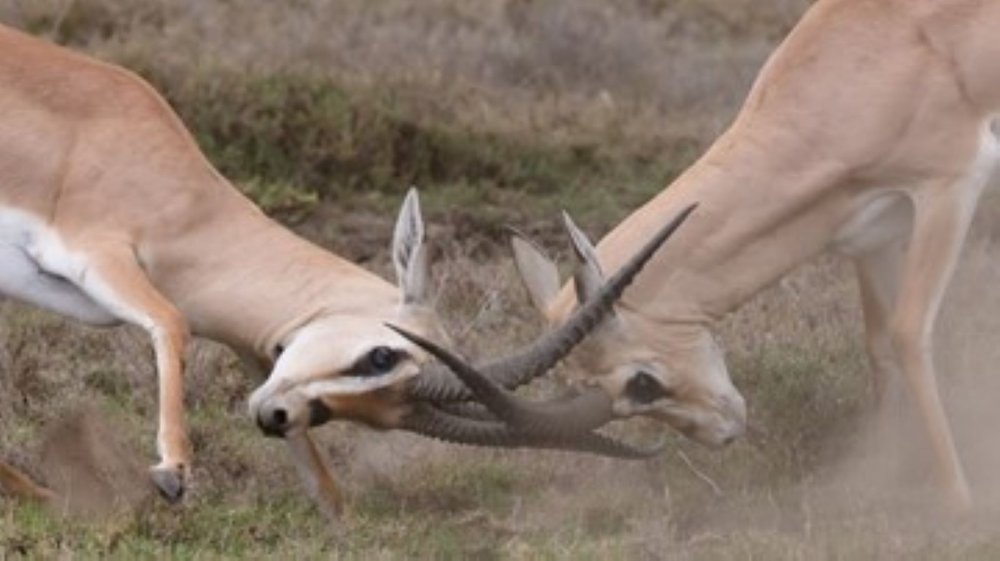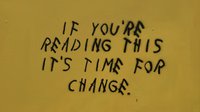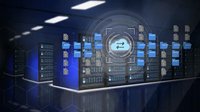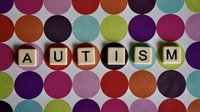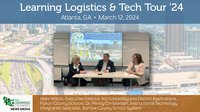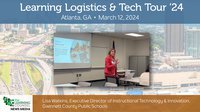I grew up in a family without conflict. Hahahahahaha. We were all expert at avoiding locking horns. We followed a simple formula: Emotions are dangerous, conflict stirs up emotions, ipso facto conflict is dangerous. What could be simpler?
But I don’t think we cornered the market on conflict avoidance. Years ago, as I began putting together sessions on workplace conflict, I discovered an activity. Maybe it discovered me. Early in the session, I ask my learners to gather at a flipchart. Next, they write CONFLICT at the top, then brainstorm what words come to mind. Finally, I ask them to mark any words that have positive connotations. Maybe one in ten gets a + mark. Hmmm.
We’re reaction machines (got that from William Ury). As long as we frame conflict darkly, our first reaction will always lead down a dead-end track. Yet if we can re-direct that initial response, see conflict as energy, an opportunity for building solutions, and improving relationships, we open up possibilities. I’m not suggesting some pie-in-the-sky, hugs-all-around vision. I’m suggesting a very practical and effective road to better results.
Conflict is inevitable—how many of us have a snooze alarm? I rest my case. Creativity, deep learning, and lasting innovation all spawn in the turbulence of conflict. The collision of ideas sparks progress. What stands in the way of seeing conflict as simply the energy of unresolved difference?
Our paleo selves
It seems we still have a leftover program from our paleo selves that associates conflict with risk, and risk with danger. Of course, that link works fine for a charging rhinoceros. In modern life—maybe .oo1% of the human story—not so much. It’s a deeply ingrained habit, but that doesn’t mean it’s effective. When we associate conflict with danger, we create all sorts of dysfunction.
Most of the organizations I work with are fractured. The fault lines arise through an inability, or unwillingness, to transform conflict into movement: they’re stuck. I know that error well because I’ve done the same thing in my work and my personal life. And that “stuckness” sees differences not as a resource but as a threat. Employees and management, headquarters and regions, office A and office B, old hands and new hires—differences create energy. But without a willingness to move forward, to cast off the paleo fight/flight/freeze default, that vibration creates heat, but not light.
Consider consilience
E. O. Wilson promoted consilience—literally, “jumping together“—a movement in the 19th century which suggested that combining scientific insights and data across disciplines would expand understanding – the physics folks talking with (and listening to) the biology bunch and the chemistry crew. Moreover, he pushed for doing the same across the social sciences. Looking for solutions to harness divergent points of view, we can achieve greater understanding and make better decisions. And that consilience gets its insights and power from the differences (aka conflict) among those communities.
An example is how people see the new generation in the workplace, from “they’re so self-centered and unfocused!” to “what a force for creativity and change!” People on both sides of that divide can maintain their perceptions and still find a way forward that does not deny either perspective but embraces a consilient vision for moving forward.
We can be rigorous about admitting our own crapola about conflict. Then we can, immediately, ask ourselves Where’s the tiger? when conflict appears. Conflict—unresolved difference—is our greatest source of relational and creative energy. Being afraid of conflict makes no more sense than being afraid of sunlight or electricity.
You’ll enjoy the brief podcast on this topic at http://learningchaos1243.audello.com/podcast/1/
About the author

Mac Bogert is President of AZA Learning and a regular columnist for the Learning Counsel. He began his career as an English teacher. For the past 25 years, Mac has focused on the intersection of leadership and learning. In between, he is a musician, professional actor, yacht charter captain, staff development consultant, curriculum designer and author of Learning Chaos.

